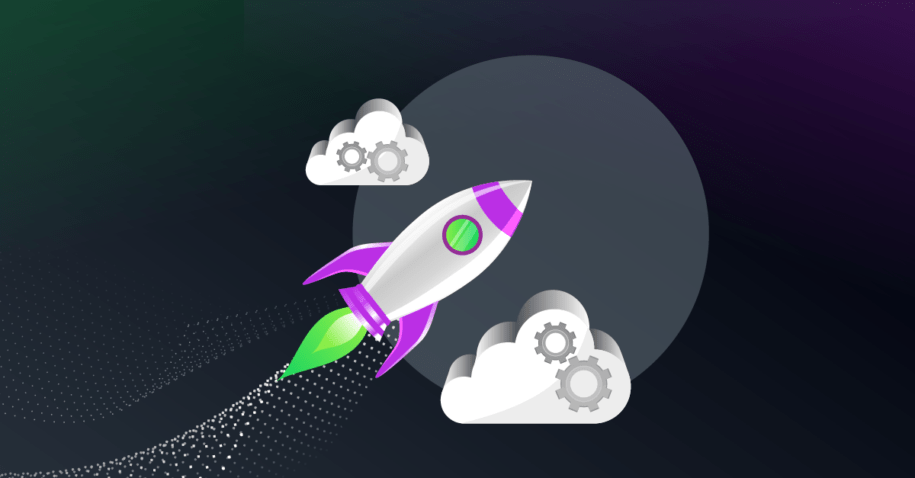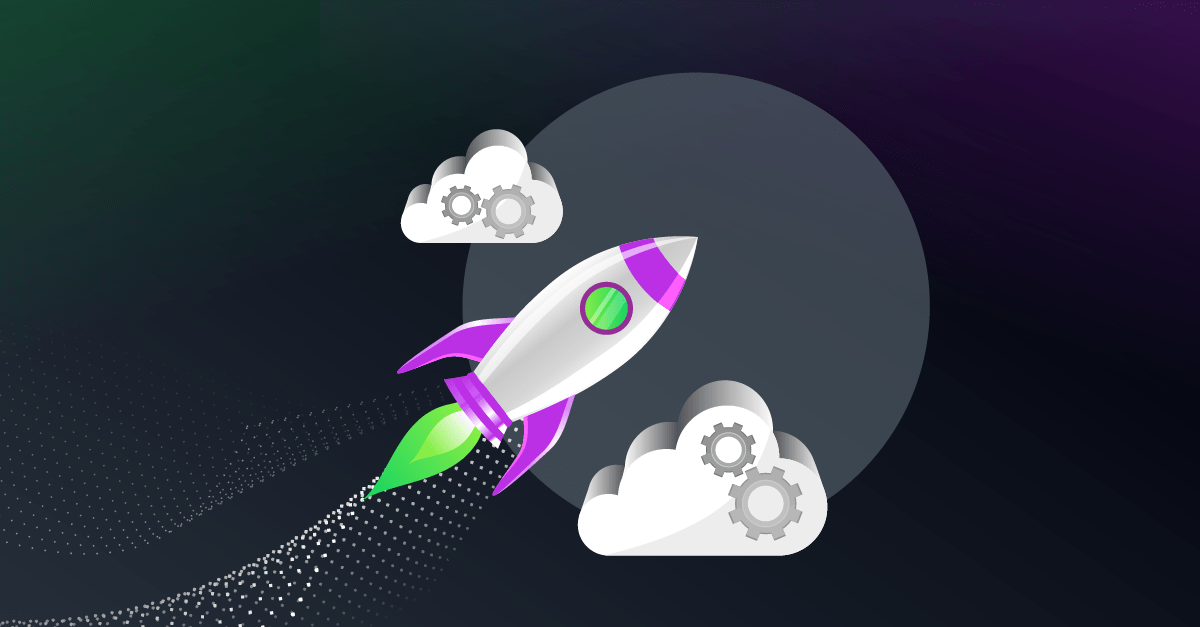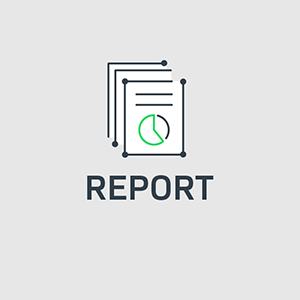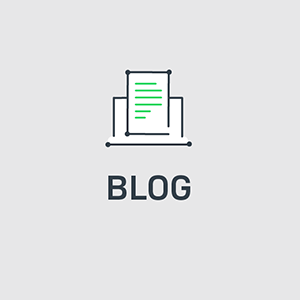As reported in the 2025 Monetization Monitor, it typically takes software producers between one and three years to fully execute a SaaS migration plan, with 43% confirming this as their timeline.
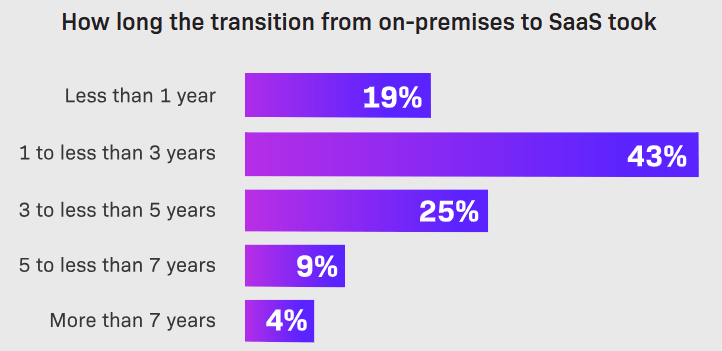
From personal experience, both delivering and advising on multiple on-prem to SaaS migration projects, this schedule is accurate.
However, there is a world of difference between simply checking off stages on your roadmap and achieving a seamless transition that creates lasting value.
A well-crafted SaaS migration plan should align strategy, technology, and people. In this brief guide, I will share practical advice to keep your stakeholders happy and systems running smoothly when moving from on-premises to SaaS.
Shaping Your SaaS Migration Strategy
The cornerstone of every SaaS migration strategy is to understand what your ideal team looks like.
When implementing your on-prem to SaaS migration, the journey will depend on your organizational structure and responsibilities – and I have seen many scales of involvement across teams.
Internal buy-in is always the biggest challenge, so it is advisable to create a RACI chart outlining the individuals involved, stating who is Responsible, Accountable, Consulted or Informed for each task.
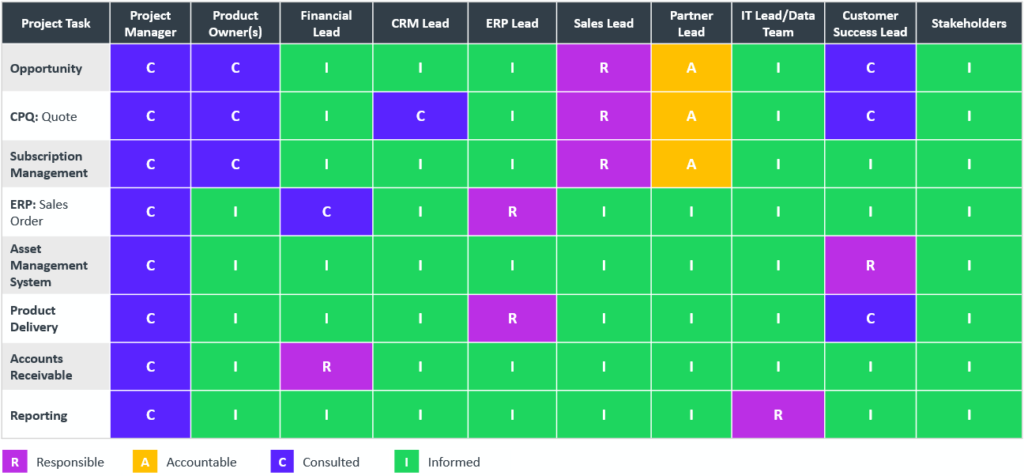
Everything you do touches several people, so keeping everyone informed is crucial. However, making sure they stay engaged is hard. Everybody is busy, so keeping them informed may not necessarily mean they are paying attention. Therefore, you need to reach out, hold meetings and hold them accountable.
When I first led a digital transformation project for a hardware company, the initial phase did not go well because, although I had kept everyone informed, people were not showing up to the meetings. I was not truly holding them accountable, so when it came to signoffs, they would not agree. It delayed the project by about two months.
For this reason, it is advisable to have regular check-in points as you coordinate on how to migrate to SaaS, directly reaching out to individuals to say, “Hey, this is where we’re at, this is what we’ve done, do you have any feedback?”
Having this level of interaction with all stakeholders will help ensure you do not get pushback as you approach deployment. Misalignment can be a huge roadblock for on-prem to SaaS migration projects, and delays impact revenue, so it is crucial to be proactive and take positive action to reduce time-to-market.
There may even be situations where you have identified someone as being ‘Informed’, but they think they are a ‘Consult’. An effective way to deal with this is to keep them more informed – pulling them in, even as a one off, for a one-on-one discussion and asking for feedback. This way they feel like they are part of the project and being consulted – that you are listening to them.
They may also provide extra insights that open your eyes to new ways of doing things, which could benefit your whole program, so do not shut off anyone who is willing to help you steer toward SaaS monetization.
The Hybrid Approach
Rather than directly moving from on-premises to SaaS, many companies are adopting a hybrid approach. They begin by initially shifting from perpetual licensing to subscription-based agreements for on-prem products, using the insights gained from this transition to inform their move to SaaS.
As you plan your on-prem to SaaS migration, developing a clear understanding of how to license software in a hybrid world will be hugely beneficial.

Here are some key lessons our customers have shared about their on-prem to SaaS migration plans:
- Start new: Do not migrate from on-premises to SaaS within a software version. Transition with a new release, so you have a definitive separation between on-prem and SaaS.
- Set hard dates for transition support: For example, ‘In three years the on-prem version will no longer be supported.’ This must be clearly communicated to your customers.
- Maintain deadlines to get to your end goal: If you continue to move dates out, you’ll never get to the next step, meaning you will be maintaining legacy versions for a long time.
- Avoid hard cutovers: Change is rarely easy, so be prepared for customer pushback. Put yourself in their shoes and be prepared to demonstrate the benefits of your SaaS migration strategy so they come with you.
- Be ready: Is your internal team set up to support SaaS? It is vastly different to selling on-prem software, and you need to be prepared for an ongoing relationship. It is advisable to establish a Customer Success team to help you avoid a high SaaS churn rate.
- Don’t be afraid to pivot: If things are not going well, it is important to adjust operations to be customer centric as you navigate how to migrate to SaaS.
Performing an on-prem to SaaS migration will involve multiple teams in your organization, so be prepared to coordinate effectively, address challenges as they arise, and keep communication flowing across all stakeholders.
Centralizing Your Entitlement Management
Moving to SaaS presents an opportunity to centralize entitlement management within your quote-to-cash process, ensuring your system communicates with your integration framework (i.e., your ERP or CRM tool) and your licensing and provisioning solution.
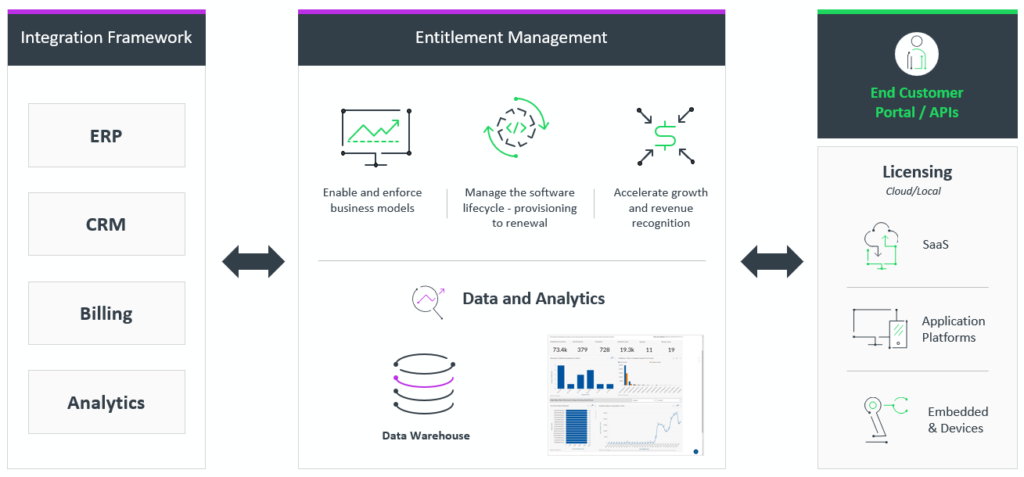
Communicating fulfillment, revenue recognition, usage, and renewal data with other systems is key to driving business success.
When you capture centralized monetization analytics, you can address the crucial ‘Who? What? Where? When? and How?’ questions that guide Customer Success, Sales, Product, and Marketing strategies.
These insights reveal what your customers truly value, while also helping you identify potential churn risk and upsell or cross-sell opportunities as part of ongoing revenue optimization.
SaaS Migration Plan: Beta Testing
It is highly advisable to work with beta customers during your journey.
In a previous role, I invited some of our channel partners and key accounts to pilot what we were doing. It was a journey I would never take back. They provided excellent feedback and insights we would have missed. We listened, adjusted, and in the end, they helped us provide value back to our customers.
During your beta, run a wing-to-wing pilot. For example, when we implemented FlexNet Operations for customers, it would have been easy to focus solely on that part of the system, but I like to expand the scope and review the whole quote-to-cash and delivery process, because you may discover a gap and it’s always best to find it before you go live.
Working with beta testers will shed light on questions you may not have thought of and areas that need tweaking, and it is best to get these issues resolved during the pilot phase.
Seamlessly Moving from On-Prem to SaaS
When discussing a SaaS migration, it is crucial to define the desired outcomes and align them with business objectives.
I like to start at the end, asking questions such as:
- What SaaS KPIs should we track?
- Which SaaS pricing models are best suited?
- How can we improve customer data analysis techniques to grow revenue?
Once you have a clear picture of what good looks like, start working toward it.
Although on-premises software remains highly profitable for many organizations, there is no denying that moving from on-premises to SaaS is the general direction of travel, and keeping these core principles in mind should help you form a profitable SaaS migration plan.
If you’d like further advice on forming your SaaS migration strategy, please contact Revenera’s software monetization team for a consultation call.
